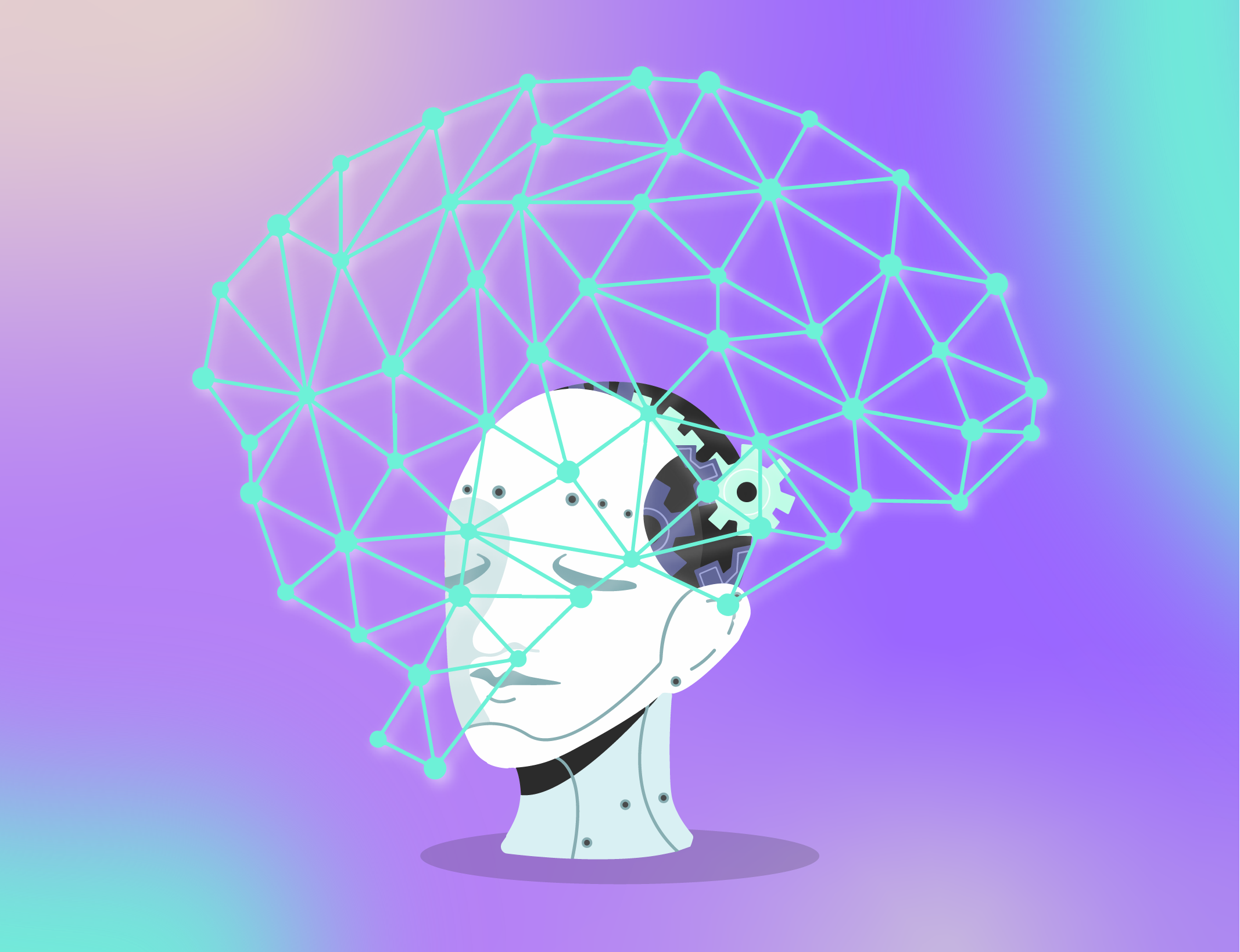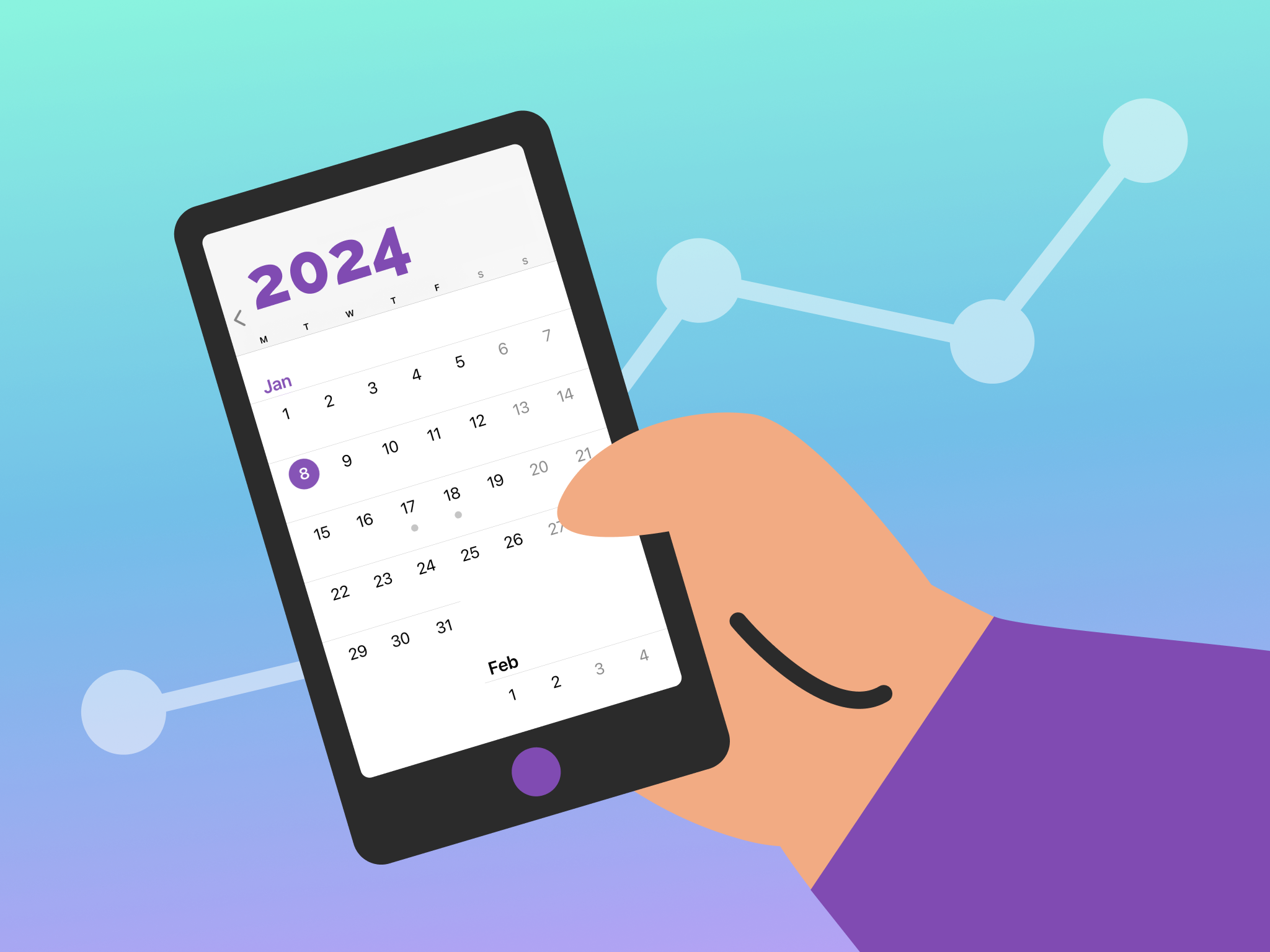“Machine learning and AI is a horizontal enabling layer. It will empower and improve every business, every government organization, every philanthropy — basically, there’s no institution in the world that cannot be improved with machine learning.”
These were Jeff Bezos’ words a couple of years ago, and it looks like they are playing out.
Artificial intelligence (AI) has been making waves in a lot of industries, and advertising is no exception. We’ve seen the technology permeate the advertising space to become an indispensable tool for marketers and advertisers.
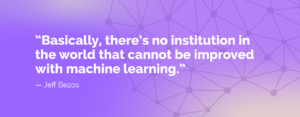
AI is defined as “the simulation of human intelligence processes by computers.” In advertising, AI uses historical data to learn from past experiences and make smarter, sometimes automated, decisions in the future. This makes the advertising process more accurate and highly efficient.
For example, data is an undeniable cornerstone of the advertising industry and AI is revolutionizing how companies collect, analyze, and use this data. Despite developments such as the restrictions on third-party cookies forcing advertisers to reevaluate data collection, AI is still a powerful tool for better understanding and predicting consumer and customer journeys from disparate data points, making it easier to create effective advertising strategies.
Moreover, the growth of digital and programmatic advertising is showing just how advantageous AI is; the technology is quickly becoming the future of the advertising industry. Here are the different ways in which it’s changing the industry, and why that’s important.
Making Sense of Data, Quickly
Advertising is no longer what it used to be. Today, it’s possible to advertise to consumers across hundreds of digital platforms based on thousands of data points that reflect the target audiences’ behaviors and demographics.
Consider programmatic advertising, for example. With it, advertisers can collect large volumes of data, run and test several ads to determine which performs best, and use the results to drive better advertising decisions. That said, doing all this would be impossible without the use of AI.
We, humans, are great at long-term strategic thinking and innovation — the stuff that leads to the birth of a genius idea or the planning of a year-long campaign in a certain direction. We are also great at providing the human touch and the emotive aspects that make ads relatable.
However, we aren’t great at quickly digesting the vast amounts of data we now have the power to collect. Artificial intelligence helps us to take care of this aspect. It has the power to quickly analyze a large amount of data and learn from previous analyses to improve subsequent decisions. Once AI has gathered and analyzed the data, we can then come in and take care of the parts that AI still struggles with — contextualizing and optimizing the data so it relates to client goals.
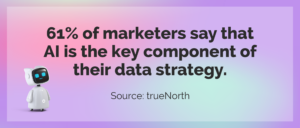
Put another way, AI is playing a pivotal role in redefining advertising data collection, analysis, and usage. But it goes beyond this.
From Programmatic to Performance Optimization: The Ways AI Engages with Advertising
AI enables advertisers to contend with the growing capabilities of modern-day data and changes in advertising in several ways:
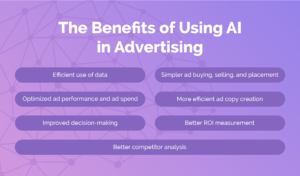
Buy and Place Ads
From social media advertising to third-party ad exchanges to programmatic platforms, today’s digital advertising platforms and exchanges are increasingly using AI to buy and sell ads.
In particular, programmatic advertising, which is becoming the go-to advertising solution for a lot of advertisers and marketers, relies on AI to manage real-time ad buying, selling, and placement. While traditional ad buying includes many processes such as sending requests for proposals, tenders, and quotes, as well as negotiating for ad space, programmatic uses AI technology to streamline buying and selling online display space.
Optimize Performance and Allocate Budget Smartly
AI is of particular value when it comes to ad performance and ad spend optimization.
Humans can apply data to determine how different ad types perform across specific platforms and offer recommendations on how to improve performance. However, machine learning algorithms can do this faster; hundreds of times per minute in some instances.
Using AI systems, you can analyze past performance and combine the insights from this analysis with your KPIs and current ad data to:
- Serve optimized ads to your existing audience; and
- Identify new audiences likely to buy from you.
Optimizing your campaigns to target the right people who will allow you to meet your goals translates into better, more efficient budget spend.
Create and Manage Ads
Machines may not have the emotional capacity of humans, but they are transforming how ads are created.
For instance, advertisers can now leverage natural language processing (NLP) and natural language generation (NLG) to fully create, or at least streamline, the ad copy creation process. In some cases, AI has managed to create ad copy that performs as well or better than human-written copy, all in a fraction of the time and at scale.
Moreover, in the past, creating an engaging and effective ad required a lot of trial and error. AI can now analyze data to figure out what kind of messaging and visual elements are most effective at getting people to take action.
AI goes beyond traditional A/B testing, using data to improve audience segmentation and predict how an ad will resonate with the target audience. This means that businesses can create ads that have a higher probability of generating more qualified leads and conversions, and they can do so with a lot less guesswork.
Improved Decision-Making
The analytics aspect of advertising — analyzing performance to make improvements — has never been the easiest. AI analytics step in as a tool to help advertisers decide what works and what is ineffective.
Marketers and advertisers can now optimize their campaigns and make decisions at a faster rate than before. For example, if an advertiser figures out that an ad is not getting that many impressions or engagement, they can tweak it in real time or even replace it.
Furthermore, advertisers can serve ads based on context — for example, if it’s a cloudy day, the advertiser can display an ad promoting a sunny tourist destination in a train station. The ability to make prompt decisions such as these is integral to ensure that the ads remain relevant to the target audience, thereby improving conversion rates, reducing advertising waste, and increasing ROI.
Enhanced ROI Measurement
Perhaps one of the biggest struggles in advertising is the inability to track and measure ROI. In fact, measuring the impact and success of campaigns is the biggest challenge for over 20% of marketers.
Artificial intelligence can help improve ROI measurement. For example, it can provide access to real-time data that can be used to measure engagement and campaign effectiveness. Using the technology, it’s easier than before to see what’s working and what’s not, making ROI measurement easier.
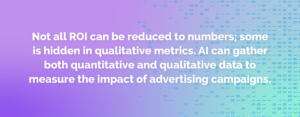
Using AI for Better Advertising
Using artificial intelligence in advertising has some undeniable benefits ranging from time savings to ad optimization to hitting campaign goals and increasing revenue.
When it comes to programmatic, AI has always been a part of the equation in some way. It has improved programmatic by analyzing data faster, providing us humans with the insights we need to make better advertising decisions. That said, with the heavy investment in AI and machine learning, digital advertising, like many other verticals, is poised to take a huge leap in the coming years.
One example of this deeper level of machine learning is a Grapeseed partner that provides custom bidding algorithms that are tailored not only for each brand but also for each campaign. This is in contrast to out-of-the-box algorithms used by leading ad buying platforms that use the same data inputs, resulting in the same algorithm, regardless of whether a brand or campaign is completely different.
We understand that each campaign is unique, so each of our algorithms is built from the ground up and updated daily, rapidly building a dynamic learning database to inform holistic ad buying decisions.
If you’re looking to integrate AI into your advertising, but with the human creativity and gut instinct that make for more human and engaging campaigns, then we can help. At Grapeseed Media, we provide brands with data-driven digital advertising solutions that are supported by industry-leading advertising professionals who optimize campaigns outside the algorithm.
Get in touch with the Grapeseed team to learn more about how you can create an advertising strategy that merges AI with human creativity.

